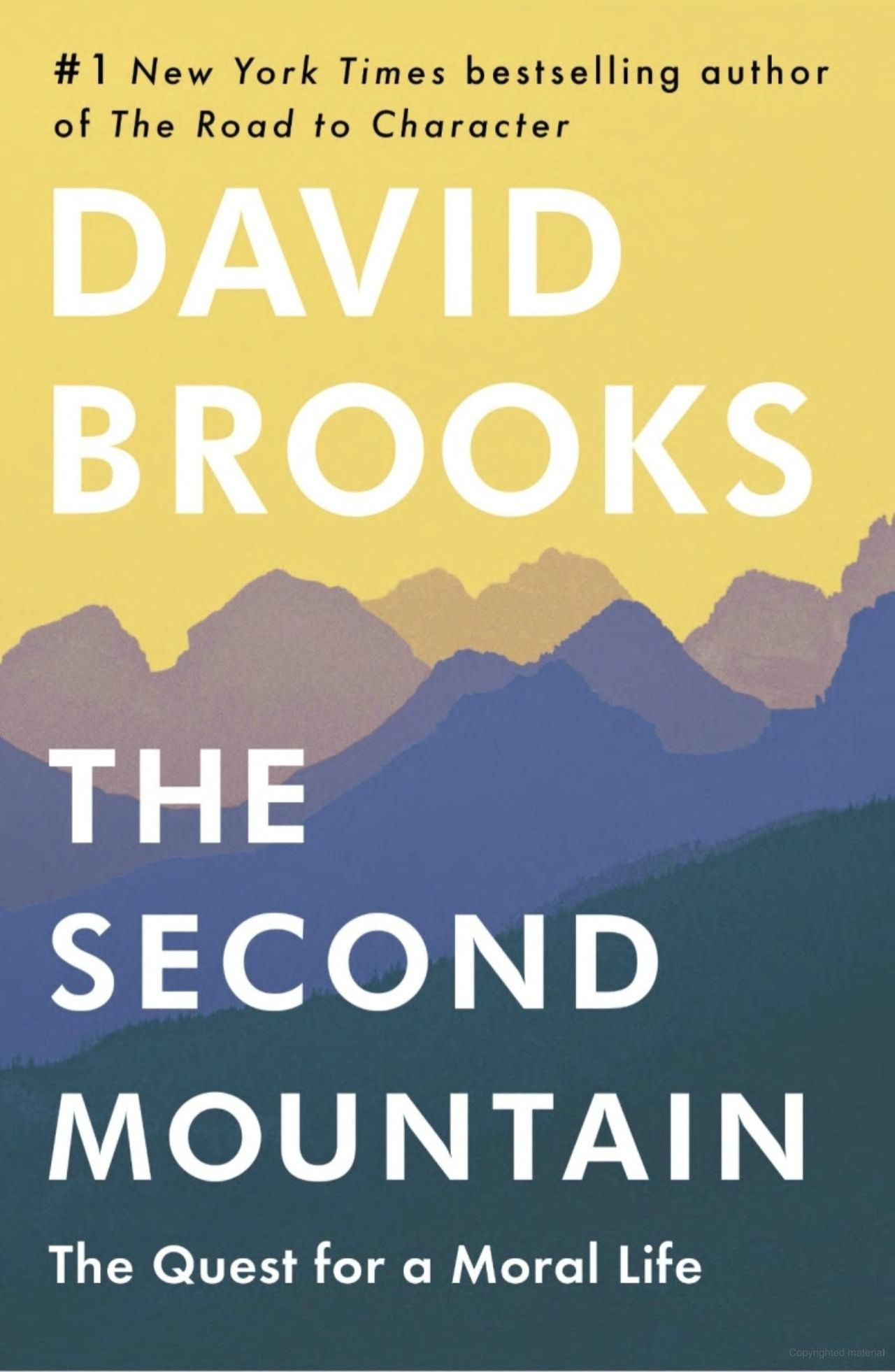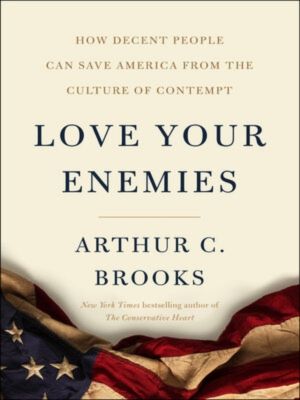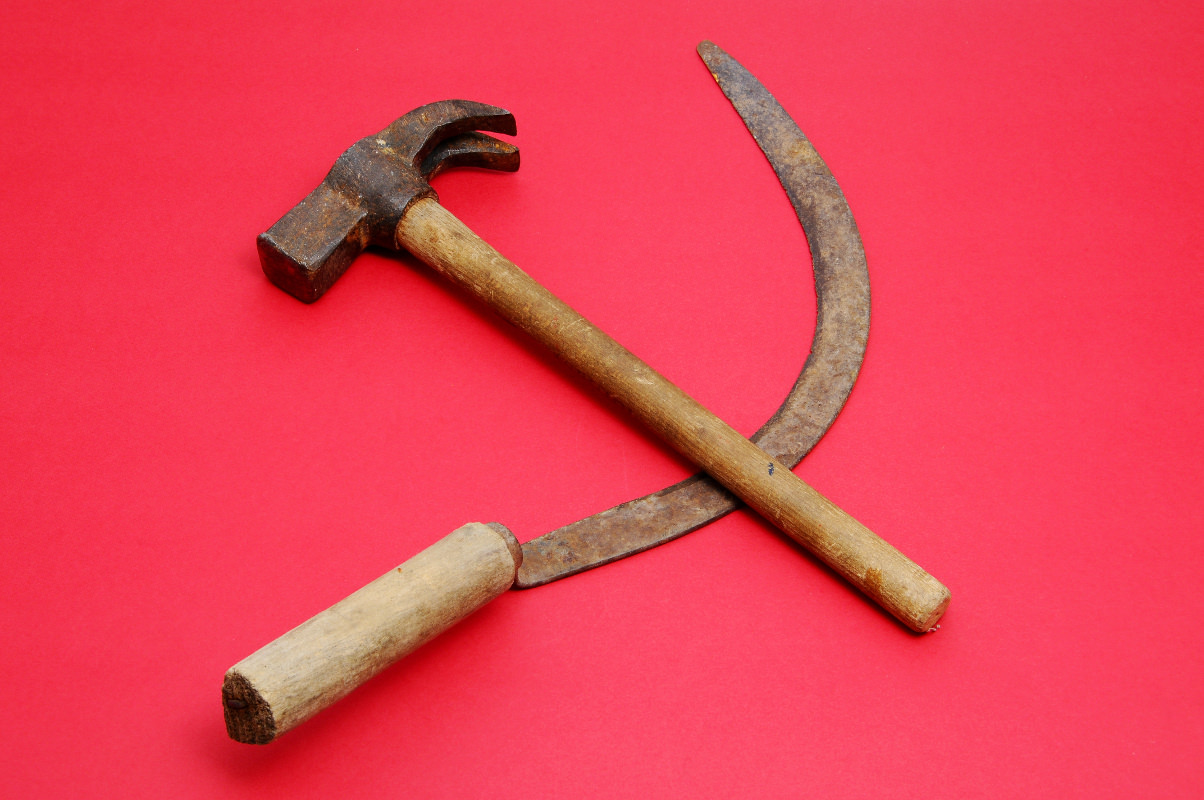recent
The Communitarian Revival
The rising star of Pete Buttigieg—a young mayor of a blue-collar city whose political message leans heavily on the importance of faith and community and away from political orthodoxy—is a powerful testimony to the emerging market for applied communitarian thinking on the political Left.

“Man,” wrote Aristotle more than 2,300 years ago, “is a political animal.” Today, that seems particularly evident. The proliferation of mass social movements, the ever-present yet democratized nature of contemporary political commentary on social media, the 24 hour news cycle, and our penchant for politicizing everything all lend prima facie support to the idea that humans are helplessly activist. But Aristotle was not simply observing that we are inherently drawn towards boycotts, protests, and culture wars. He meant that we are strongly inclined towards social connection. People need collective commitment, not just individual liberty, to be fulfilled and these commitments must be forged in moral virtue. This understanding of human nature lies at the core of what was called communitarianism: a social perspective emphasizing virtue and civil society, largely transcending the traditional divisions of Left and Right. This philosophy of public life gained traction throughout the 1990s, crested with the turn of the new millennium, and then went into sharp decline. Is its moment about to return?

At the beginning of April, I participated in the 2019 Global Philanthropy Forum—an international gathering of philanthropists and social impact entrepreneurs concerned with democratic society in the United States and abroad. The keynote address on day one was delivered by David Brooks, founder of Weave: The Social Fabric Project and recently the author of the #1 New York Times bestseller The Second Mountain: The Quest for a Moral Life. As the jacket explains, the book “explores the four commitments that define a life of meaning and purpose: to a spouse and family, to a vocation, to a philosophy or faith, and to a community.”
In his address, and in the book itself, Brooks argued that the vitality of our relationships with one another, and our willingness to establish and nurture social bonds with charity and affection, offer answers to the epidemics of loneliness and depression and to the struggles of our political society presently afflicting our embattled nation:
The problem with relationship[s] is they happen slowly, and they take time and they don’t scale. But norms scale. If you can change the culture you can change behavior. If you can change how people think they should live then you can change the whole society. Social change happens when a small group of people find a better way to live and the rest of us copy them. That happened in the 1960s, that happened with the feminist movement…and so what Weave is about is trying to change the culture around the Weavers that are already existing. There are millions of them. They’re a movement that doesn’t know they’re a movement.
Although he now stands outside the increasingly populist mainstream of the American political Right, David Brooks took the stage as a conservative, and spoke to a room full of left-leaning global travelers (both foreign and American) about the values of community at its most local. Yet the reception with which he was met was rapturous. His head seemed to snap back at the enthusiasm of the applause.
Weave: The Social Fabric Project seeks to draw attention to those in communities across America who have dedicated themselves to the hard work of relationship building—whether that be through gang intervention in inner cities, assisting single mothers in North Carolina, or community building in Tennessee and Montana. Books like The Second Mountain recast these efforts in terms of a larger, albeit decentralized, movement of the American people in response to the self-absorption and social balkanization of American society. From politics to commercial culture, the United States has become tremendously “me” oriented, and consequently the American people are bleeding social capital by forsaking meaningful relationships with one another. This balkanization manifests in alarming rates of loneliness, a spike in suicides, rising social distrust, and political tribalism.
Tribalism, Brooks argues, is appealing because it helps forge a type of community. But “it is actually the dark twin of community. Community is based on common humanity; tribalism on common foe.” Americans everywhere are seeking relationship. But “weavers” do so by embodying the virtues of empathy, generosity, “radical hospitality,” and “deep mutuality.” In Brooks’s view, a powerful communitarian ethos is swelling across America, challenging the blights of isolation and polarization.
He is not alone in identifying, and encouraging, this development. An acknowledgement of tribalism’s relationship to the problems of social isolation and civic and institutional decline are increasingly recognized across the political Right and Left in the United States. Responses to the existential crises of hyper-polarization and chronic disconnection are appearing at the academic, literary, governmental, and grassroots levels in ways that engage the culture of politics without being limited by the conventional constraints of partisan ideology.

On the Right, outgoing president of the American Enterprise Institute Arthur C. Brooks (no relation to David) has written eloquently about the need for a renewed spirit of interpersonal connection in America as a means of saving us from our poisonous politics and the preceding scourge of isolation. In his recent bestseller Love Your Enemies, he confronts what he terms our “culture of contempt,” and spills a fair amount of ink recounting the stories of Americans left and right reaching far across the divide to do so. Although his political reputation as a free market conservative precedes him, Arthur Brooks only draws upon the tenets of his policy philosophy insofar as he offers the “competition of ideas” as a means of stimulating “national excellence,” and requiring that “we compete to live up to our own ideals and make the country better for all.” Such virtuous competition, however, requires the transcendent virtue of love, which Aquinas defined as “to will the good of the other.”
This communitarian consciousness is also re-emerging in the right-leaning sectors of government and academia. Republican Senator Ben Sasse has built a formidable political brand largely on a commitment to reducing polarization and restoring civil society. More significantly, a much lauded joint committee of Congress chaired by Republican Senator Mike Lee has launched a multi-year endeavor named The Social Capital Project “that will investigate the evolving nature, quality, and importance of our associational life [ie: ‘civil society’].” Meanwhile in the conservative academic sphere The American Project, (an initiative of the Pepperdine School of Public Policy, one of the sole right-leaning premier policy schools in the US, for which this author is an adviser) seeks to reorient the conservative movement away from a theology of unremitting individualism and towards an ethos of community and civil society. Its leading thinkers include the likes of Tim Carney, author of the recent Washington Post bestseller Alienated America, which uses a thorough examination of the available data on social connection to explore the prosperity and decline of American communities.

Even among the conservative pundit class, a zone which one might justifiably think of as a major source of societal division, polemicists such as Glenn Beck and Ben Shapiro, perhaps surprisingly to some, increasingly advocate a culture of reconciliation and virtue as a means of restoring social fabric and community. And they do so in terms that (sometimes) reach across conventional political divides.
Similar activity is visible on the Left. Princeton Professor Cornell West, long an icon among leftists from the academy to the street, has taken to touring the country alongside conservative professor Robert P. George, modeling civil disagreement, empathy, and the power of shared virtue to forge civic bonds. Black Lives Matter leader Hawk Newsome (about whom Arthur Brooks writes at length) and former Obama administration official Van Jones have spoken across the country and to conservative audiences about the need for empathy and understanding across party lines.
At the grassroots level, organizations dedicated to political depolarization through community dialogue have spread across America. For all that may be said about the rising intolerance towards inter-party discourse on the progressive Left, it happens to be true that these groups typically are founded and run by progressives. Virtually all these organizations draw inspiration from the scholarly output of liberal social psychologist Jonathan Haidt, who has become increasingly preoccupied with the question of how best to promote viewpoint diversity and civil discourse as bedrock elements of a healthy civil society. (Better Angels, for which this author works, is one such organization, although our leadership is evenly bipartisan).
The rising star of Pete Buttigieg—a young mayor of a blue collar city whose political message leans heavily on the importance of faith and community and away from political orthodoxy—is a powerful testimony to the emerging market for applied communitarian thinking on the political Left. As Buttigieg himself has said, it is unlikely that, under ordinary circumstances, a 37-year-old mayor of a relatively small city would receive serious attention as a candidate for president of the United States. This is obviously true. But a large part of Buttigieg’s unique appeal hinges on his focus on the very values of localism that in other times might make a politician seem too parochial for federal office. “We need,” he has argued, “to rally people around the sense of identity that we’re building each other up, because community is part of how people explain how they fit in to the world.” Without this positive sense of community, Buttigieg argues, people are left to turn to extremist ideologies such as white nationalism for their sense of belonging.
The loss of community is one of the biggest consequences of automation, AI, and the way work is changing. We need to rally people around the sense of identity that we’re building each other up because community is part of how people explain how they fit in to the world. pic.twitter.com/w8nKxW8YNq
— Pete Buttigieg (@PeteButtigieg) March 20, 2019
There are reasons to think that we may be on the cusp of a communitarian revival. But the phenomenon at the close of the 2010s is different from the one that emerged during the 1990s. The differences between the two eras provide hope that, unlike in the ’90s, the impact of communitarianism this time around may be lasting.
One clear difference is that the word “communitarianism” is not actually en vogue today, even if the substance of the perspective is increasingly affirmed. As Fareed Zakaria put it in a critical piece in July of 1996, “Sometime over the last two years, someone somewhere must have decreed that the intellectual buzzword of the ‘90s was to be ‘communitarianism.’” From liberal scholars like Michael Handel and Amitai Etzioni on the Left to conservative thinkers like William Bennett and The Heritage Foundation on the Right, the term “communitarian” captured a variety of perspectives all intent on tethering our conception of political and social life back to civil society. Political figures like Hillary Clinton (who contributed to the zeitgeist with her memoir It Takes a Village) and even cultural icons such as Barbra Streisand amplified these themes. The substance of communitarianism arguably peaked in popular consciousness during the presidential campaign of 2000 with the “Compassionate Conservatism” of George W. Bush and the appearance of Robert Putnam’s Bowling Alone, a work that holds nearly religious significance for students of modern American community to this day.
But the communitarian spirit and the intellectual forces gathered around atrophied with the turn of the new century. One of the likely causes of this shift was the trauma of 9/11, which refocused the conservative movement and the country as a whole away from parochial matters of community and towards a War on Terrorism, a development that would consume our national consciousness and further polarization for years to come.
But for all the focus on the tearing of social fabric during the 1990s, polarization was almost certainly a less serious problem than it is now. While the crack cocaine epidemic disappeared during the 90s, the opioid epidemic has surged during the 2010s. This is apparently fueled, at least in part, by climbing rates of loneliness in the US (particularly among young people). While crime rates fell during the ’90s, the perception of police brutality against African Americans has spiked in recent years, leading to broad social upheaval and the rise of Black Lives Matter. Trust in major institutions (from the church to Congress to business and the media) has substantially declined in every single category measured by Gallup with the exception of the military. Around 20 percent of Democrats and Republicans held “very unfavorable” opinions of each other in 1994, compared to over 55 percent today. While the ’90s saw the rise of cable news and talk radio, the rise of social media has only contributed further to social isolation and political polarization. This is to say nothing of the candidacy of Donald Trump.
Social isolation, racial distrust, distrust of institutions, extreme political polarization—these familiar problems have arguably become existential challenges. But they have also opened up space for a renewed focus on matters of personal and civic virtue, civil society, social capital, and community. These concerns have arisen not just as matters of interest but as matters of necessity. With 60 percent of the American people describing current American politics as “the lowest point in US history that they can remember,” and with the 1960s receding in the rearview mirror and the 2020 election looming before us, many Americans are coming to the conclusion that a re-forging of common bonds is what is necessary to preserve society in the midst of its present social decline. This is what is nourishing the communitarian revival. Long may it continue.






